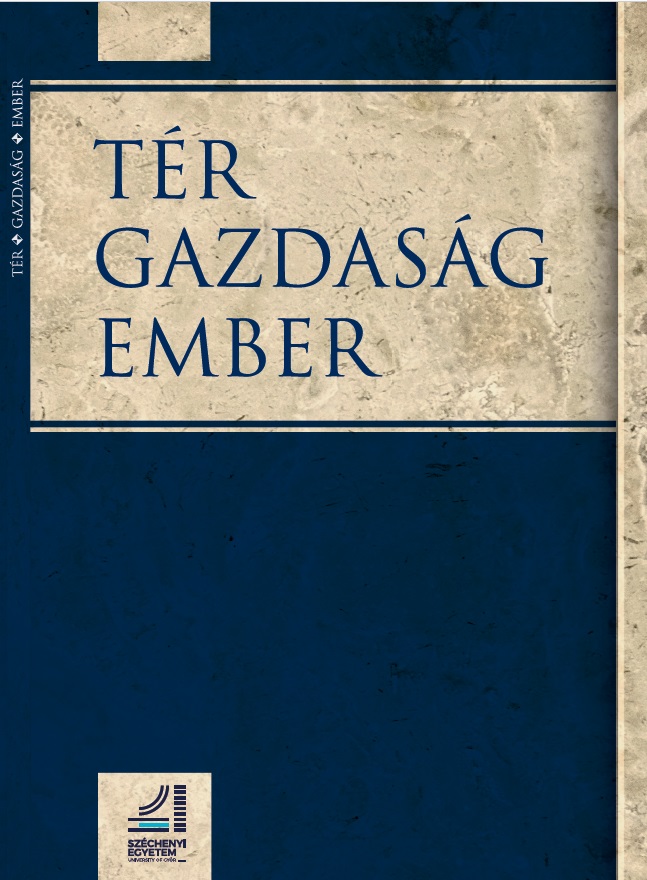Global integration versus polycentric approach inthe Central European urban structure
Kulcsszavak:
advanced producer services, urban hierarchy, Central Europe, polycentric developmentAbsztrakt
The paper focuses on the urban hierarchy of Central European cities with a twofold approach: it compares the urban hierarchy based on the concentration impacts of global economic development (taking advanced producer services as indicator) and the urban hierarchy based on the polycentric approach. The paper studies how the cities of Central Europe can be integrated into the global networks of advanced producer services, what kind of spatial structural impacts they have, and how it affects the position of the cities in the region. Hundred advanced producer services working in the field of management consultancy and accountancy identify seventy-nine cities in sixteen countries of Central-Europe as an empirical base for the study. The APS indicator is developed according to their locational status, nodal value and relational matrix (Taylor 2001). On the other hand, I study the same sample of cities according to polycentric indices, and identify the urban hierarchy accordingly. The paper discusses – based on the empirical evidences – what are the implications of global economic and polycentric development approaches in the sixteen countries identified as examination area for the purposes of this study, where are the centres identified by the different approaches, and what are the underlying factors. The paper also offers an answer to whether the region has remained homogeneous, if certain cities could close the gap with Western European cities, and if certain cities form new peripheries as a consequence of being unable to integrate into the global processes.
Megjelent
Folyóirat szám
Rovat
License
Copyright (c) 2025 Tér - Gazdaság - Ember

This work is licensed under a Creative Commons Attribution-NonCommercial 4.0 International License.


